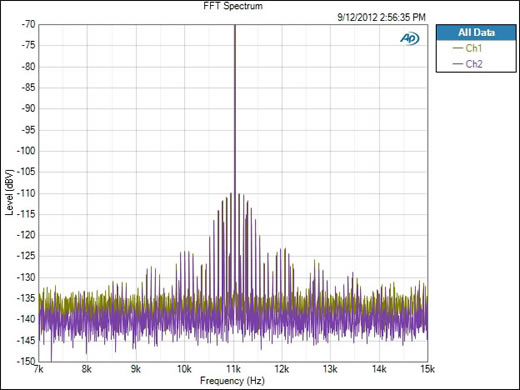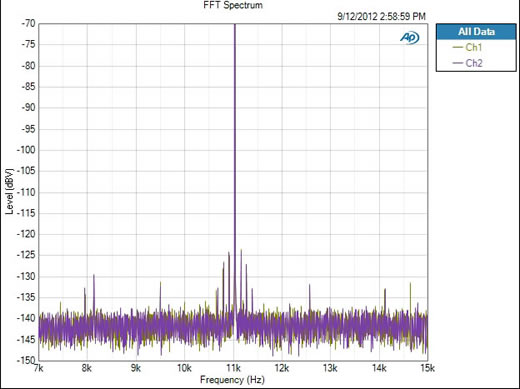Now I'm confused - ASRC means that the sampling rate will be changed to a new sampling rate, usually a higher sampling rate? Are you talking about something else?
Edit: I just looked up the Pefectwave & see where you are mistaken - the NativeX mode is asynchronous USB mode, not Asynchronous Sample Rate Conversion (ASRC) - different beast altogether
No so. Clearly nativeX is not converting sample rates so it is not ASRC. However, it works on all inputs, not just USB, and runs all inputs in asynchronous mode.














